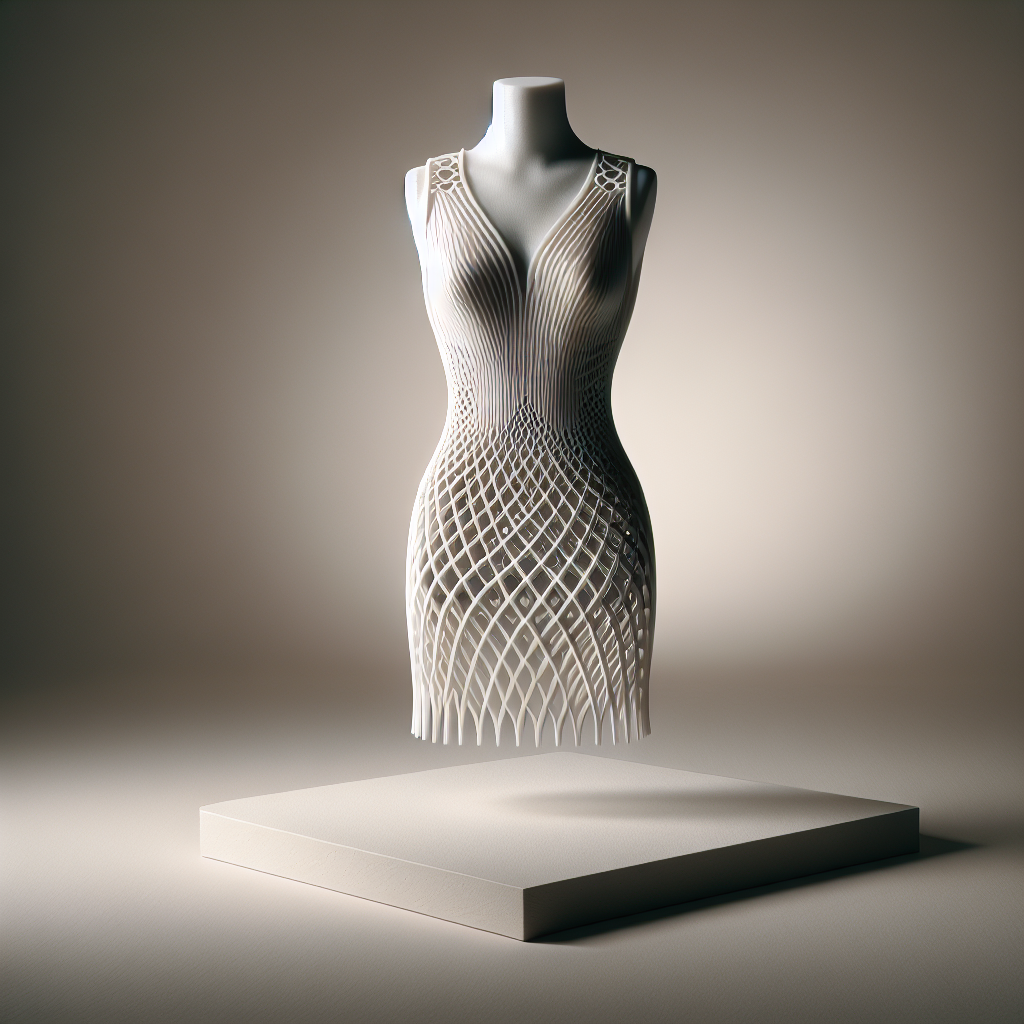Revolutionizing Fashion: The Rise of 3D Printing
Fashion, an industry synonymous with creativity and innovation, is currently undergoing a transformation powered by 3D printing technology. From haute couture runways to custom accessories, 3D printing is challenging traditional manufacturing methods, opening up new possibilities for designers, brands, and consumers.
The Fusion of Technology and Design
3D printing, also known as additive manufacturing, involves creating three-dimensional objects from digital models by layering materials such as plastics, metals, or even sustainable biomaterials. This process enables intricate designs and structures previously impossible or too costly with conventional techniques.
In fashion, this means designers are no longer bound by the limitations of fabric, seams, or traditional production. Complex geometries, interlocking patterns, and organic shapes can now be realized, expanding the creative landscape for fashion innovators.
Customization and Personalization
One of the primary benefits of 3D printing in fashion is the unrivaled level of customization it offers. Consumers can now participate in the design process, selecting shapes, sizes, textures, and even colors to create truly personalized pieces. Whether it’s custom-fit shoes, jewelry, or eyewear, 3D printing enables a made-to-order approach, reducing waste and inventory costs.
Brands such as Adidas and New Balance have embraced this concept, producing 3D-printed midsoles tailored to an individual’s foot shape and stride. This not only enhances comfort and performance but also strengthens the bond between brand and consumer.
Redefining Sustainable Fashion
Sustainability is a core concern in the fashion world. Traditional textile manufacturing is resource-intensive, often resulting in significant material waste. 3D printing addresses this issue by using only the exact amount of material needed to build an object, dramatically reducing waste.
Furthermore, advancements in biodegradable and recycled 3D printing materials are paving the way for eco-friendly fashion. Designers can create pieces that are both avant-garde and environmentally responsible, which resonates with the values of modern consumers.
Breaking the Mold in Haute Couture
High fashion houses are among the early adopters of 3D printing, leveraging its capabilities to create show-stopping runway pieces. Notable designers such as Iris van Herpen have pushed the boundaries, collaborating with engineers and material scientists to create garments that fuse technology, art, and fashion.
These collaborations have resulted in dresses that move with a life of their own, accessories that mimic natural organisms, and shoes that are as much sculptures as wearable items. The precision and repeatability of 3D printing also mean that intricate prototypes can be quickly realized and iterated upon, enabling a faster and more experimental design process.
Challenges and the Road Ahead
While the benefits are clear, the integration of 3D printing in fashion isn’t without challenges. Materials suitable for comfortable, durable, and aesthetically pleasing garments are still being developed. Additionally, scaling production to meet mass-market demands remains a hurdle.
However, ongoing research and investment are rapidly addressing these issues. As material science advances and printers become more affordable and versatile, it’s only a matter of time before 3D printing becomes a staple in mainstream fashion manufacturing.
Conclusion
3D printing is not just a technological trend—it’s a creative revolution reshaping the fashion industry. By enabling customization, supporting sustainability, and unleashing new forms of artistic expression, additive manufacturing is set to redefine how we design, produce, and experience fashion in the years to come. The future of fashion is being printed, layer by layer.

Leave a Reply